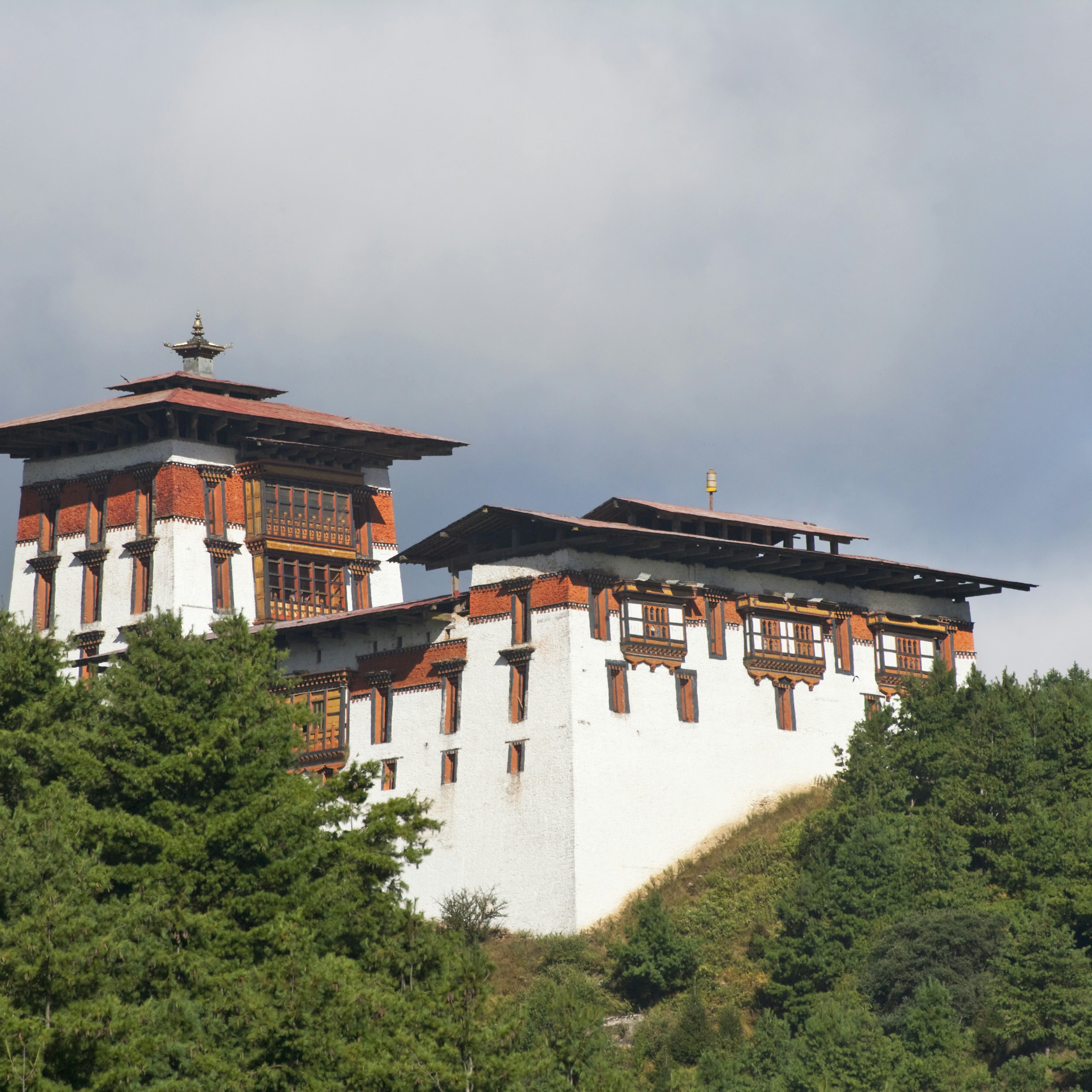

Getty Images/iStockphoto
Overview
Bhutan is no ordinary place. It's the last great Himalayan kingdom, shrouded in mystery and magic, where a traditional Buddhist culture carefully embraces global developments.
Must-see attractions
Planning Tools
Expert guidance to help you plan your trip
Best Things to Do
The last Buddhist kingdom in the Himalayas, Bhutan serves up remarkable and life-changing experiences. Here are 12 of the best things to do in Bhutan.
Read full article
Best Places to Visit
Planning a once-in-a-lifetime trip to this stunning Himalayan kingdom? From monasteries to mountain viewpoints, here are the top places to visit in Bhutan.
Read full article
Best Time to Visit
You’ll have a slightly different (if surely marvelous) visit to Bhutan depending on what time of year you visit. Here’s a thorough guide.
Read full article
Things to Know
Be ready for your trip to Bhutan with this guide to visas, local etiquette and health and safety.
Read full article
Transportation
Find your way around the fascinating Kingdom of Bhutan with our guide to your transportation options.
Read full article
Visa Requirements
Almost certainly yes. And you’ll need to make many more arrangements prior to your trip to Bhutan, too.
Read full article
Money and Costs
These top tips along with a guide to daily costs can help you plan your budget for a visit to Bhutan.
Read full article
Traveling with Kids
In Bhutan, a country that values happiness above everything else, children are welcomed with open arms. Plan your family trip with our guide.
Read full article
Best Road Trips
Any road trip through the beautiful Himalayan valleys of Bhutan ranks as one of travel’s most exciting adventures. Here are five of the best.
Read full article












